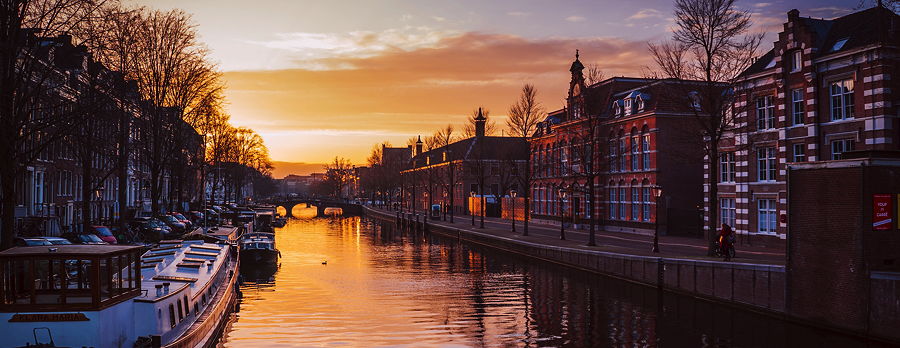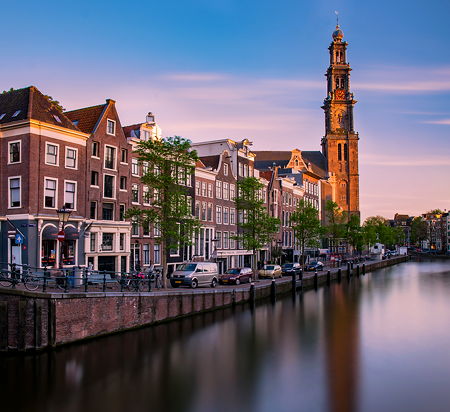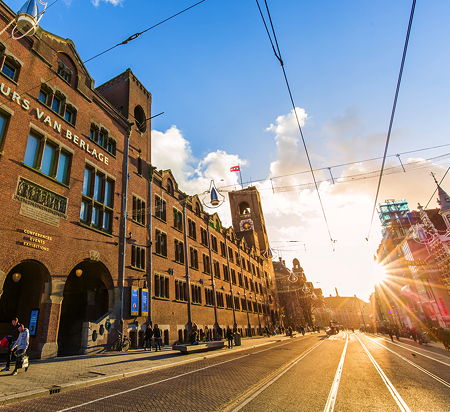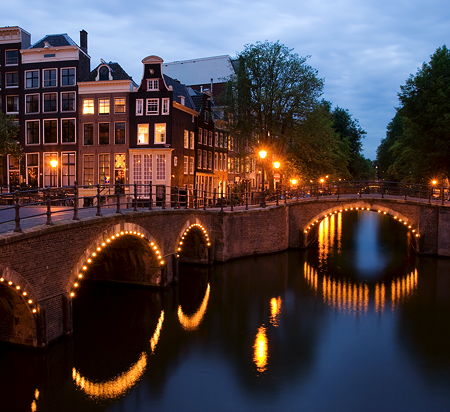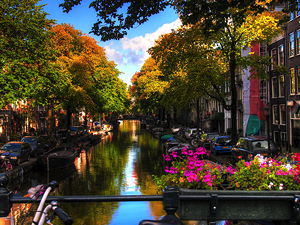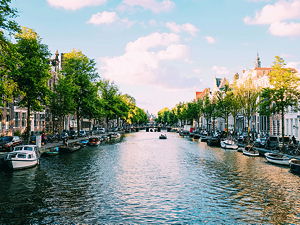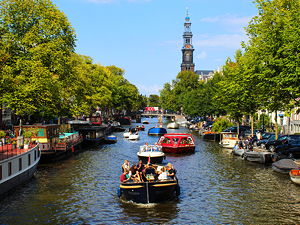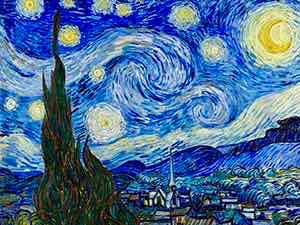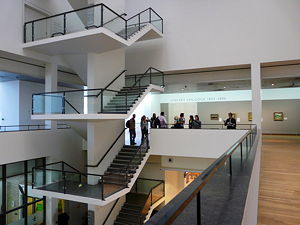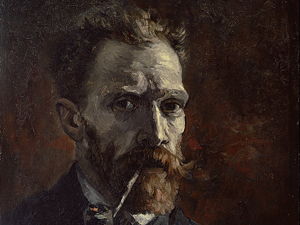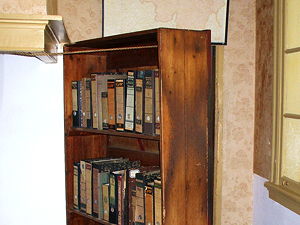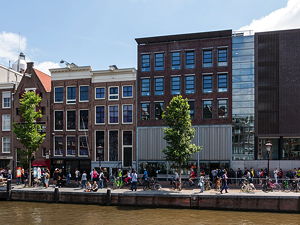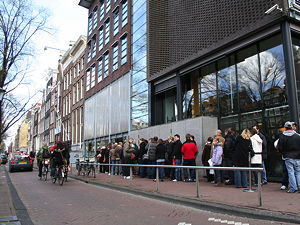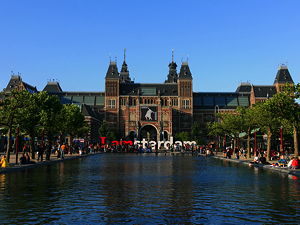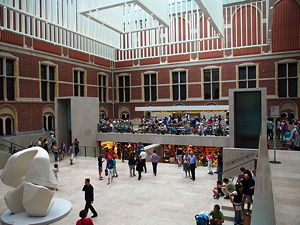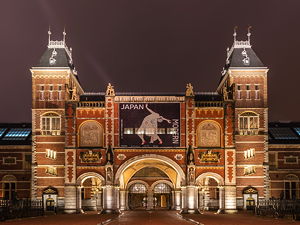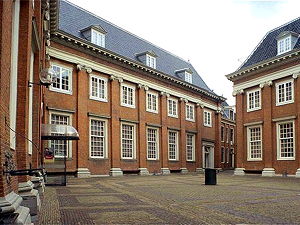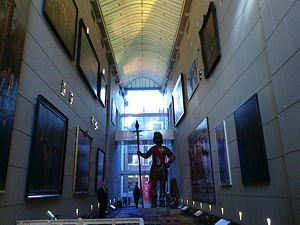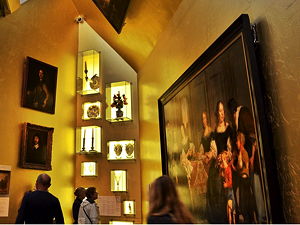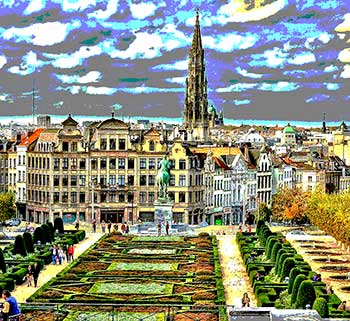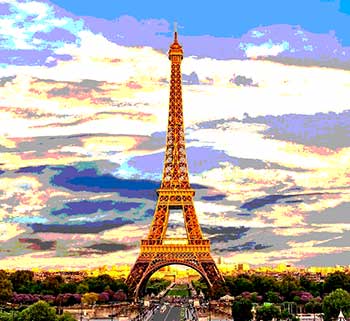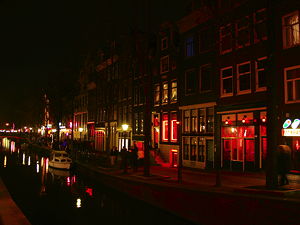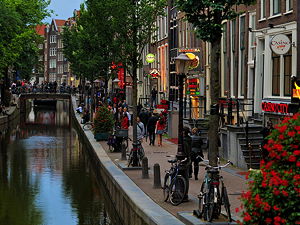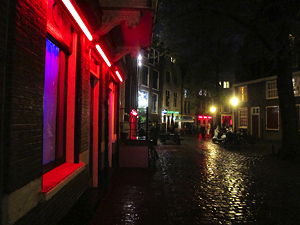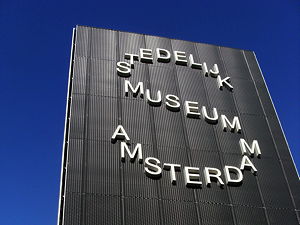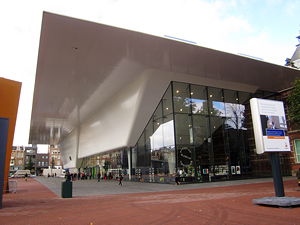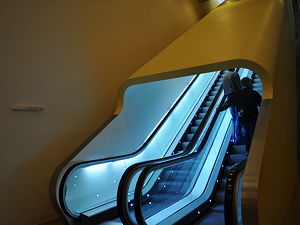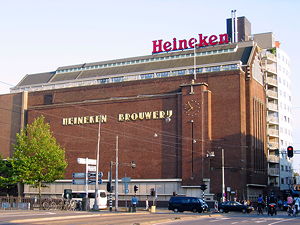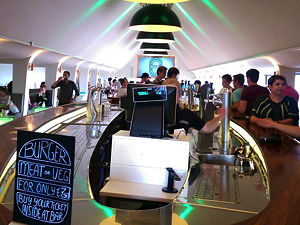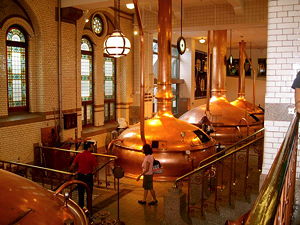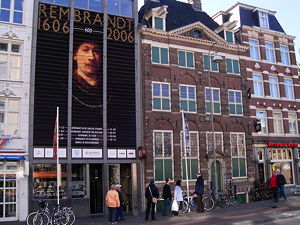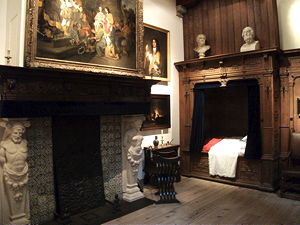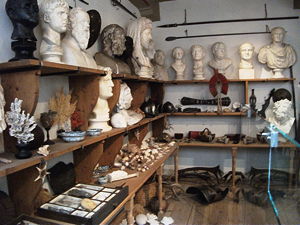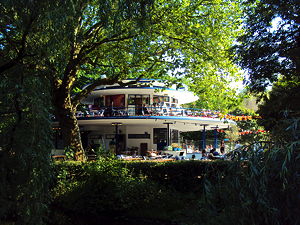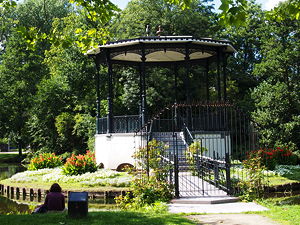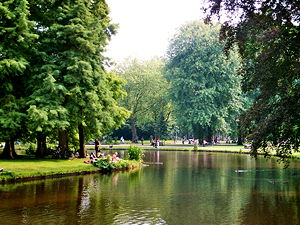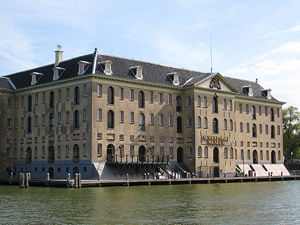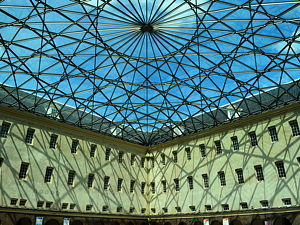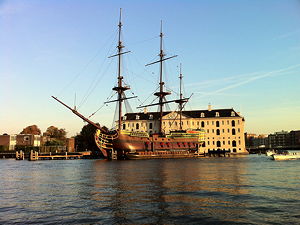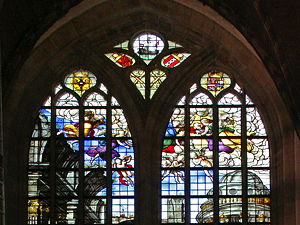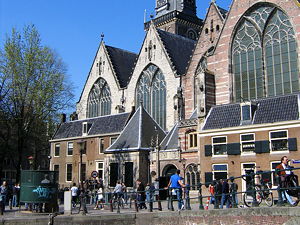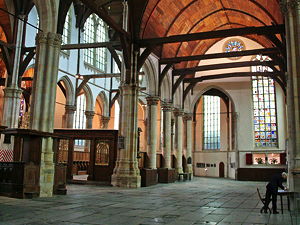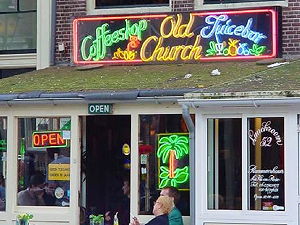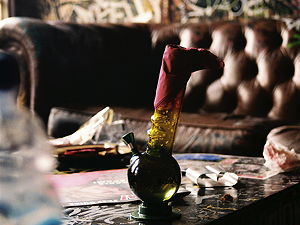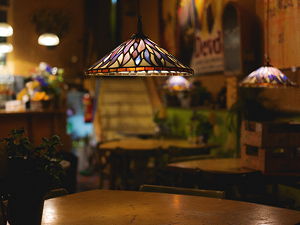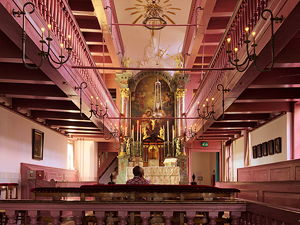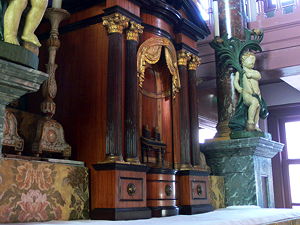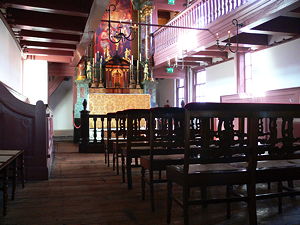Things to do in Amsterdam, Netherlands
MAPHome to 1.36 million, Amsterdam is the cultural and financial capital of the Netherlands.
Situated on the Amstel river, and founded in the 12th century, Amsterdam has character, beauty, history and a modern edge. Thus, Amsterdam was the world's financial centre in the 17th century and is filled with grand old buildings, concentric canals, world-class museums (think the Rijksmuseum, van Gogh Museum and Anne Frank's House), hundreds of coffee shops in which the smoking of cannabis is (currently) legal, and a large and popular red light district.
where? Amsterdam is usually accessed by flights to Schiphol airport (a few kilometres from the city centre), by ferry (from the UK or Scandinavia) or by international train from the UK, France, Belgium and Germany.
when? Amsterdam's mild climate makes it tourist-friendly all year round, with average temperatures of between 21 and 26 degrees Celsius between June and August.
£$€¥ Some aspects of Amsterdam are fairly expensive. Expect to pay €100+ for a hotel room. Public transport is affordable, with a one-hour public transport pass costing €3.20 and one to seven day tickets costing from €8 to €36.50 (Dec 2019).
1. A trip down the canals
Amsterdam is also known as the Venice of the North, on account of having over 100 kilometres of canals.
There are four main waterways—the Singel, Herengracht, Keizersgracht and Prinsengracht canals—which form concentric semi-circles around Amsterdam, and are the result of meticulous city planning in the 17th century.
About 1,500 pretty bridges cross those canals, and roughly the same number of monumental buildings can be seen from them.
Taking a canal boat tour is a good way to get your bearings (for instance, Amsterdam Canal Cruises' tours pass the Wester Church, Anne Frank's House, the Central Station, the Rembrandt House, City Hall, Dam Square and the Rijksmuseum).
If you decide to take to the water, you'll be in good company: 3 million people take canal trips every year (including, in bygone years, Churchill, the Beatles and Nelson Mandela).
where? Trips organised by Amsterdam Canal Cruises depart from Stadhouderskade 550 (opposite Heineken Experience) T: +31 (0)20 679 13 70, E: reservations@blueboat.nl. MAP
when? Amsterdam Canal Cruises tours last for 75 minutes and depart every 30 mins from 10 am between Apr and Sept, and every hour from Oct to Mar.
£$€¥ Amsterdam Canal Cruises charge €18.50 for adults (13+) and €9 for children (5-12) (Dec 2019).
2. The Van Gogh Museum
Self-taught impressionist painter Vincent van Gogh (1853-1890) lived for a short time in Amsterdam.
The city's eponymous museum contains the largest collection of Van Gogh paintings in the world, together with selected pieces by other nineteenth century masters.
Housed in one of Amsterdam's few modern buildings, designed by De Stijl architect Gerrit Rietveld and opened in 1973, the Van Gogh Museum is Amsterdam's most popular tourist destination, attracting over 1.3 million visitors a year.
The collection is arranged into five sections—early works (to 1886), Paris (works from 1886 to 1888), Arles (1888-1889), St Remy (1889) and Auvers (1890)—each representing a different period of van Gogh's painting life.
The works on permanent display include eight van-Gogh self-portraits, Banks of the Seine, The Yellow House, The Bedroom, Wheatfield with Crows, The Potato Eaters (pictured), Vincent’s Bedroom in Arles, Gaugin's Chair, three versions of Sunflowers, and Irises.
Other artists represented at the Museum include Gaugin, Monet, Manet (including the Jetty at Boulogne Sur Mer and 22 prints) and Pissarro. Claude Monet's Japanese Bridge is probably the most famous painting by another artist.
2019's exhibitions include Exhibition Jean-François Millet: Sowing the Seeds of Modern Art (until Jan 2020) and Exhibition of Prints by Edouard Vuillard (until Jan 2020).
where? The Van Gogh Museum is on Museumplein in Amsterdam, between the Rijksmuseum and the Stedelijk Museum. T +31 (0)20 570 5200. E info@vangoghmuseum.nl. MAP
when? Opening hours change depending on the season. Generally: 9am to 5-7pm, with late opening on Fridays until 9-10pm. Make sure to check the website for further information.
£$€¥ Adults €19 (Dec 2019); under-18s go free.
3. Anne Frank's House
The part-Jewish Anne Frank was born in Germany in 1929 and moved with her parents to Holland in the mid-1930s after Hitler had come to power.
Holland was invaded in 1940, and in 1942 Anne Frank and her family received a 'call-up' to the German concentration camps. Fearing that this day would arrive, Frank's family had made preparations to go into hiding in the empty rear section of a building owned by Frank's father's company.
The building was converted into the Anne Frank Museum in 1960. Visitors can explore the secret annex, cleverly concealed by a moveable bookcase, in which Frank spent her days and learn about the German occupation.
Sadly, Frank's is not a story with a happy ending. After two years in hiding, Frank and seven others were discovered, arrested and deported to Auschwitz. Frank was later transferred to the Bergen-Belsen camp, where she died from Typhus shortly before the camp was liberated in 1945.
She maintained a meticulous diary of her time in hiding, which has been published in several languages and adapted into a play and a film.
where? Anne Frank House, Prinsengracht 267. Tel: +31 (0)20 - 5567100. Take trams 13 or 17 or buses 170, 171 or 172 from Amsterdam's central station. Alight at the 'Westermarkt' stop, and walk to your right onto the Prinsengracht. MAP
when? Check the Anne Frank House website for the somewhat complicated opening times.
£$€¥ Adults: €11; 10-17 year olds: €6; Under-10s: 1€. The Anne Frank House can only be visited with a ticket bought online for a specific time slot. Buy tickets online. (Dec 2019).
4. The Rijksmuseum
Founded in 1800, the Rijksmuseum is dedicated to arts, crafts and history.
Housed in a grand Pierre Cuypers designed gothic and renaissance building on the Museumplein (pictured), it is best known for its paintings from the Dutch Golden Age (ie the period in the 17th century when Dutch commerce and art were the most acclaimed in the world).
Those works include a number of Rembrandt masterpieces, including The Night Watch (often described as the altarpiece of the museum, and one of the world's best paintings), Self Portrait as the Apostle Paul, and Portrait of Titus in a Monk Habit.
Other Dutch masters represented in the Rijksmuseum include Vermeer, with his famous The Kitchen Maid on permanent display, Frans Hals (including the Wedding Portrait), Jan Steen (including Woman at her Toilet) and Lucas van Leyden (whose Triptych Adoration of the Golden Calf shows debauchery and partying in the foreground with a biblical scene behind).
The museum also holds substantial sculpture, costume and furniture collections, together with the stern of HMS Royal Charles (an English ship captured by the Dutch in the 1667 Raid on Medway). Also take time to explore the striking Rijksmuseum library, now open to the public; this balconied four-floor space is navigated by steep spiral staircases!
The Museum was reopened by Queen Beatrix in April 2013 after a lengthy, and often controversial, refurbishment. The results of the €375 million project have nevertheless been acclaimed, with elaborate frescoed walls and terrazzo floors painstakingly restored.
The Rijksmuseum’s collection has also been re-organised into a single chronological sweep, with each collection representing a different century.
2020's exhibitions include Caravaggio-Bernini. Baroque in Rome (exploreing the beginnings of European baroque in Rome, with starring roles for the painter Caravaggio (1571-1610) and the sculptor Bernini (1598-1680)).
where? Rijksmuseum, Jan Luijkenstraat 1, Amsterdam. Directions:- From Central Station: tram 2 or 5 (to Hobbemastraat); From Zuid/WTC Station: tram 5 (to Hobbemastraat); From Sloterdijk Station: tram 12 (to Concertgebouw); or From Amstel Station: Metro to Weesperplein, from there tram 6, 7 or 10 (to Spiegelgracht). MAP
when? 7 days a week from 9 am to 5 pm
£$€¥ Adults €20 (online €19), under-18s go free (Dec 2019).
5. Amsterdam Museum
The Amsterdam Museum is housed in the converted Convent of St Lucien.
It charts the development of Amsterdam from a small fishing village at the mouth of the Amstel, to one of the world’s great trading cities during the Golden Age, to a modern 21st century metropolis.
The Amsterdam Museum's collection is arranged into three main exhibitions.
- The Young City (1350-1550) describes Amsterdam’s rise to prominence, displaying items used in everyday life, religious paintings and weapons (such as a bronze dagger from c. 1500).
- The Mighty City (1550-1815) describes Amsterdam’s population explosion in the first half of the 16th century, the construction of Amsterdam’s canal network, and the rise of commerce and overseas trade (and the problems that came with it). Don’t miss Rembrant’s The Anatomy Lesson of De Jan Deijman (1656, showing the dissection of an executed criminal), Berckheijde’s The Flower Market and the Town Hall and two silver keys presented to Napoleon on his invasion of Amsterdam in 1811.
- The Modern City (1815 onwards) addresses Amsterdam’s decline as a major trading city, the world wars and great depression, an the emergence of Amsterdam as a cultural, tourist and finance centre.
where? The Amsterdam Museum, Nieuwezijds Voorburgwal 359, 1012 RM Amsterdam, Netherlands. T. 020 523 1822. MAP
when? 10am to 5pm, seven days a week. Every second Thursday of the month the museum is open from 10 am until 10 pm.
£$€¥ Adults: €15; Students: €12.50; Children (0-17): free (Dec 2019).
